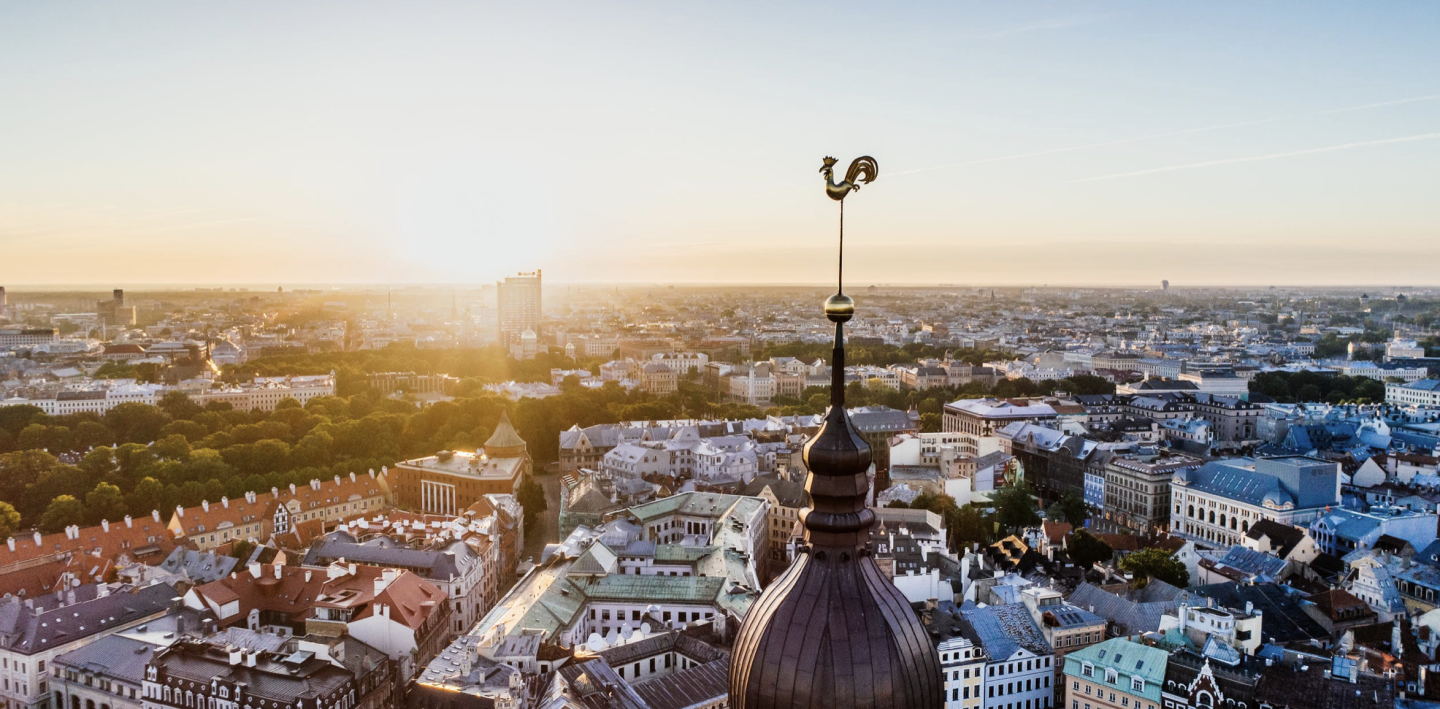The Municipality of Maribor organized a lecture titled “Stress Due to Heat Waves in an Urban Environment,” which took place on two separate dates: May 14, 2024, and May 21, 2024.
Summary of lectures: The United Nations reports that over half of the world’s population currently resides in urban areas. Cities have a unique environment with distinct urban climate characteristics. In urban areas, the energy balance is altered due to human sources of energy (such as industry, transportation, poorly insulated buildings, and high population density), changes in land use (the use of building materials like asphalt, concrete, and brick which have different properties than bare or vegetated soil), and a lower proportion of green spaces. These factors contribute to the urban heat island effect, where temperatures in cities are higher than those in the surrounding areas. We learned about the changes in the shape and intensity of the urban heat island in the city according to the seasons and showed which parts of the city overheat the most. In this context, an analysis of the mitigating effects of selected park and water areas in Maribor on the overheating of the city was presented. Changes in the duration and intensity of heat waves and changes in the number of tropical nights in the city from 1961 onwards were presented. At the end of the lecture, some strategies for mitigating the intensity of heat waves in urban environments were also given.
The lecture was conducted by professor dr. Igor Žiberna from the Department of Geography of the University of Maribor.
